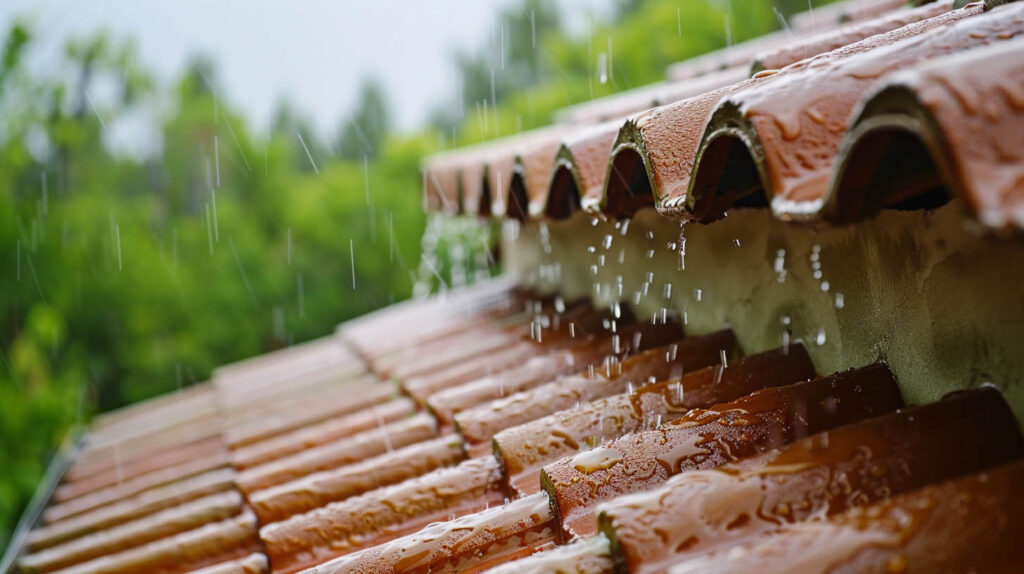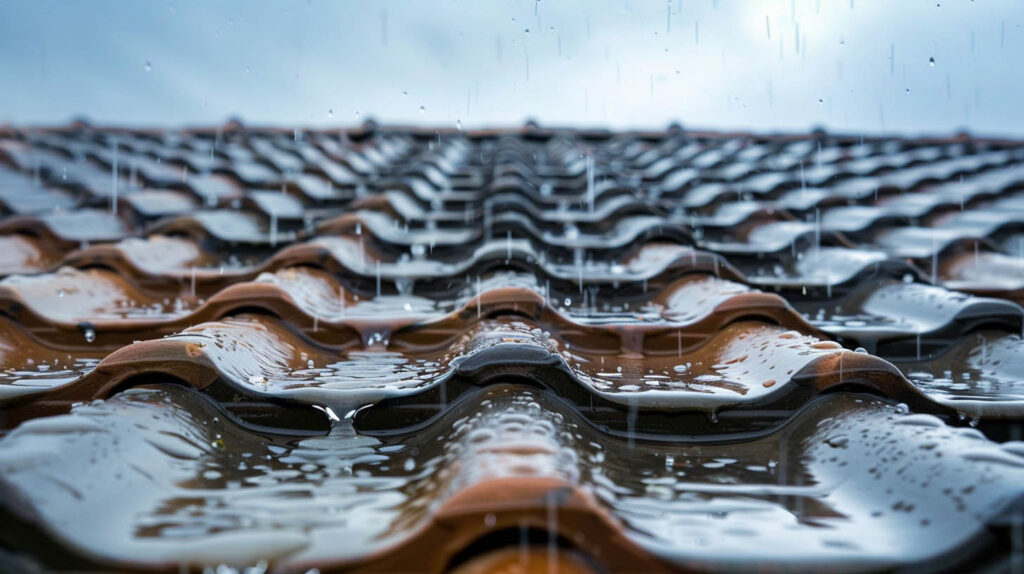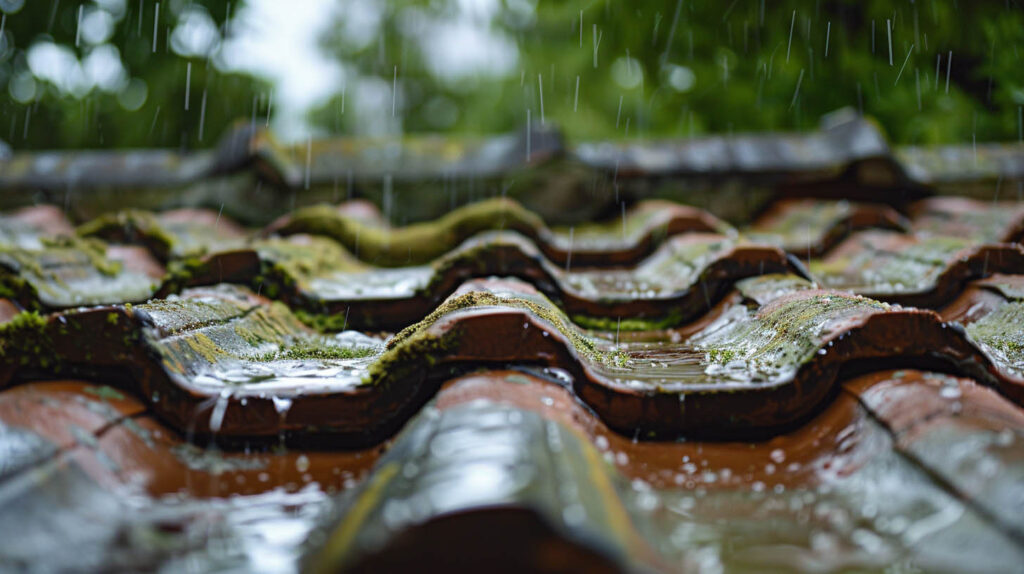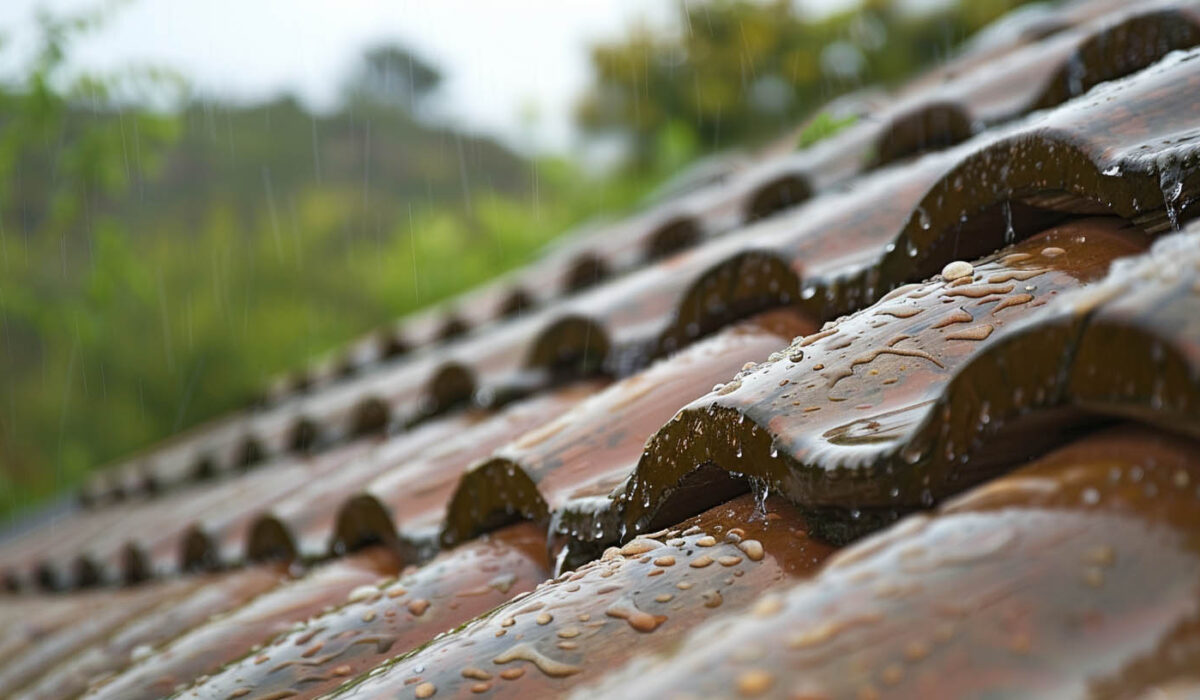Ensuring your tile roof is ready for heavy rain season is essential for protecting your home from potential damage. The unique structure of tile roofing offers excellent durability, but it must be properly maintained to withstand extreme weather conditions. Neglecting preventative maintenance can lead to significant issues such as water infiltration or roof deterioration. By understanding the critical role of regular inspections and timely repairs, you can safeguard your roof’s integrity while enjoying peace of mind during storm season.
Essential Steps to Prepare Your Tile Roof for the Heavy Rain Season
Ensuring the integrity of your roof before the heavy rain season is vital for preventing leaks and extensive damage. Scheduling professional roof inspections allows experienced roofing contractors to identify potential issues such as loose tiles or structural problems. Addressing these small problems proactively can save homeowners from costly repairs down the line. Additionally, checking flashing and waterproofing details around vents and chimneys adds an extra layer of protection, fortifying your roof against extreme weather conditions and water infiltration.
Contact UsScheduling Professional Roof Inspections in San Diego
Before the rainy season, schedule a professional roof inspection. While you can check for visible issues from the ground, experts spot problems you might miss. At Tile Roofing San Diego, we offer thorough assessments as a GAF Master Elite and Owens Corning Preferred Contractor.
A professional roofer can safely identify:
- Structural issues or sagging
- Deteriorated underlayment
- Hidden weak points
For a safe and comprehensive inspection, always hire a trusted professional.

Identifying and Repairing Damaged or Loose Tiles
Inspecting your tile roof periodically is essential for maintaining its integrity, especially before the heavy rain season. A careful examination can reveal signs of damage such as cracked or loose tiles, which can compromise weather resistance. Addressing these issues promptly helps prevent water infiltration that can lead to significant damage and costly repairs. Engaging professional assistance ensures a thorough identification of structural problems, allowing for timely repairs and providing peace of mind as the storm season approaches.
Checking Flashing and Waterproofing Details Around Vents and Chimneys
Inspecting flashing and waterproofing around vents and chimneys is crucial for maintaining the integrity of your roof, particularly in extreme weather conditions. Damaged flashing can lead to significant water infiltration, resulting in structural problems and expensive repairs. Ensure that these areas are sealed properly to prevent moisture buildup. It’s advisable to consult a professional roofer for a detailed evaluation, as timely repairs can safeguard your home from costly damages during the rainy season. Invest in this preventative maintenance for peace of mind.
Tile Roof Maintenance Tips Before Rainy Weather Hits
Consistent roof maintenance is crucial for preventing moisture buildup and roof deterioration. Proper ventilation is also key, as it helps prevent condensation in your attic that can lead to water stains and damage. Performing these tasks before bad weather hits is the best form of preventative maintenance.
A regular check-up, especially in a rainy climate, helps catch small problems before they grow. Here are a few essential maintenance tasks you should not overlook as you prepare for the season.

Cleaning Gutters and Downspouts for Proper Drainage
Ensuring clear gutters and downspouts is crucial for preventing water infiltration during heavy rains. Clogged drainage systems can lead to moisture buildup, causing significant damage to your roof structure. Regularly inspecting and cleaning these areas keeps water flowing freely, reducing the risk of roof deterioration. Additionally, this preventative maintenance can help avoid more expensive repairs down the line. Consider professional assistance for an extensive cleaning, especially after severe weather conditions, to maintain the integrity of your roof and safeguard against potential damage.
Moss, Algae, and Debris Removal from Tile Surfaces
Maintaining a clean tile roof is essential for preventing moisture buildup that can lead to severe structural problems. Regularly removing moss, algae, and debris not only enhances the roof’s aesthetic appeal but also contributes significantly to its weather resistance. Accumulated organic matter can trap water, increasing the risk of leaks and extensive damage. Using professional help for thorough cleaning ensures that all contaminants are addressed, providing an extra layer of protection against the harshest weather conditions and preserving the integrity of your roof.
Preventing Leaks and Storm Damage
Your tile roof is your home’s first line of defense against storm damage. By reinforcing it, you can prevent roof leaks and avoid extensive damage. Using the right roofing materials and taking preventive steps provides an extra layer of security before the rain starts.
Should you notice a leak during a storm, place a bucket underneath and contact a professional roofer immediately. The following sections explore proactive measures you can take to strengthen your roof’s resistance to harsh weather.

Applying Protective Sealants and Coatings to Tile Roofs
Applying a sealant or roof coating is one of the best preventive measures for enhancing your tile roof’s weather resistance. These products create an extra waterproof barrier, helping to prevent moisture from seeping through porous materials like concrete tiles.
This step is especially effective after all repairs have been made and the roof is clean. A professional application ensures even coverage and proper adhesion. Consider applying sealants to:
- High-risk areas like flashing joints and penetrations.
- The entire roof surface for a complete waterproof shield.
This process significantly boosts your roof’s ability to handle heavy rain, adding another layer of protection.
Signs of Potential Tile Roof Failure
Signs indicative of tile roof failure become increasingly apparent during heavy rainfall. Homeowners should watch for water stains on ceilings and walls, as these may signal water infiltration or moisture buildup, threatening the integrity of your roof. Loose or damaged tiles can also contribute to significant damage, allowing water to access the roof structure. Regular inspections by a professional roofer are essential for identifying small problems before they escalate into extensive damage or costly repairs during extreme weather conditions.
Call Us 619-350-1086Get Quotes from Us
In conclusion, preparing your tile roof for the heavy rain season is crucial to ensure its longevity and performance. By following the essential steps outlined, such as scheduling professional inspections and repairing any damage, you can mitigate the risk of leaks and storm damage. Additionally, maintaining your roof with proper cleaning and protective measures will enhance its resilience against intense weather conditions. As a trusted contractor in San Diego, CA, we are here to help you navigate these preparations effectively. For commercial properties, don’t hesitate to get quotes from us to safeguard your roof this rainy season.
Frequently Asked Questions
How to make a tiled roof waterproof?
True waterproofing for tile roofing involves ensuring the underlayment beneath the tiles is intact, all flashing is sealed, and any cracked tiles are replaced. Applying a quality sealant offers an extra layer of protection, which is an excellent preventive measure against harsh weather conditions.
Can heavy rain get under roof tiles?
Yes, wind-driven heavy rain can get under roofing materials, especially if tiles are loose, cracked, or improperly installed. This water infiltration can cause leaks and damage the roof deck if the underlayment, the roof’s secondary water barrier, is also compromised.
Read our blog: Tile Roofs and Home Insurance: What San Diego Homeowners Should Know

